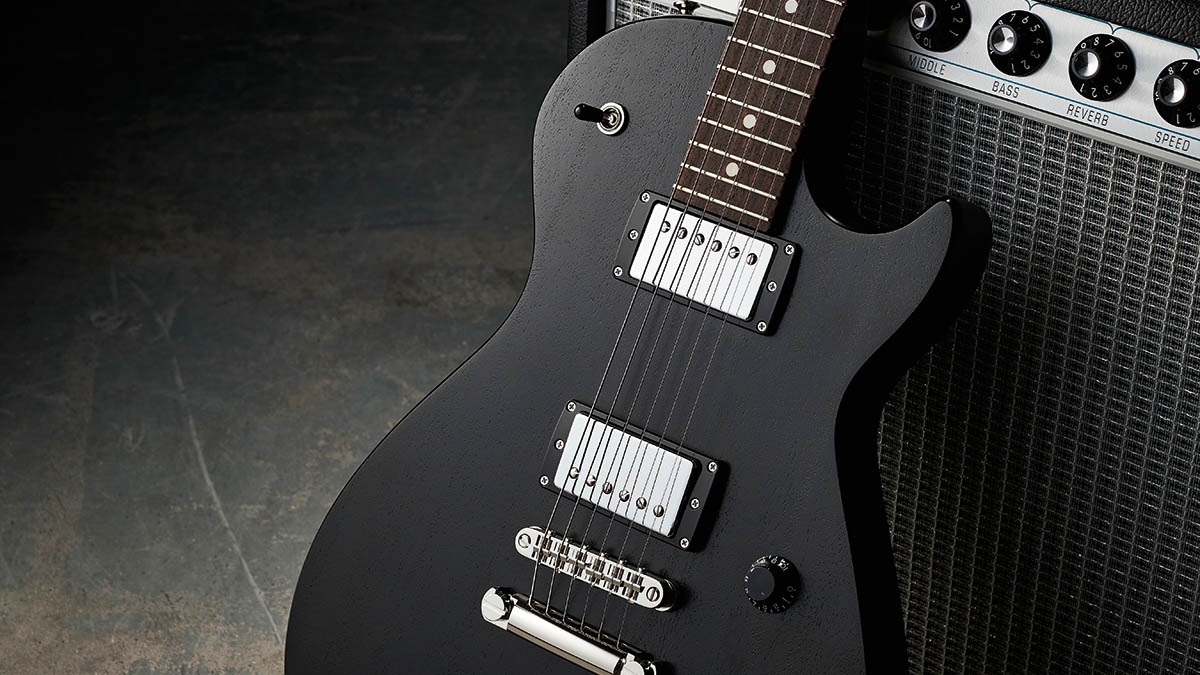Guitar World Verdict
For anyone who enjoys the subtleties of vintage-voiced instruments, you’ll have a field day here. And instead of buying different guitars, you might well find that your ‘new’ guitar lies just a pair of pickups away, even if you have no idea what a soldering iron is.
Pros
- +
Excellent design and build.
- +
Quality hardware.
- +
Cream T pickups, pickup swapping and superb sounds.
Cons
- -
Not everyone will get the relatively austere appearance balanced against the price.
You can trust Guitar World
Earlier in the year we reported on the birth of this new guitar company, Cream T Guitars. If you missed that Blueprint feature in issue 477, here’s a recap. In brief, Norwegian pickup-maker-to-the-stars Thomas Nilsen joined forces with Tim Lobley, the owner of Sound Affects in Ormskirk, to restart his pickup-making business in the UK.
As regular readers will know, Thomas has a unique take on pickup design, scanning pickups from old ’Bursts and the like via his Oracle Pickup Scanner and replicating them. The Cream T Whiskerbuckers, for example, are scanned from Billy F Gibbons’ fabled ‘Pearly Gates’; the Bernie Buckers are from Bernie Marsden’s almost-as-famous ‘Beast’.
Tim Lobley had been impressed by futuristic Swiss-based guitar maker Relish and decided to see if its pickup-swapping technology could be applied to more conventional guitars – obviously featuring Cream T pickups. Increasingly visible York-based guitar maker PJD was given the job of producing the guitars designed by Billy and Thomas and brought to market by Tim.
In that Blueprint article we featured Prototype #2, and the team has been very busy refining that into a mini-range of seven models – three of which are effectively Billy’s signature guitars, while four are more regular models. Our Standard model here is the blue-collar workingman’s guitar – but with pickup swapping.
Feel & Sounds
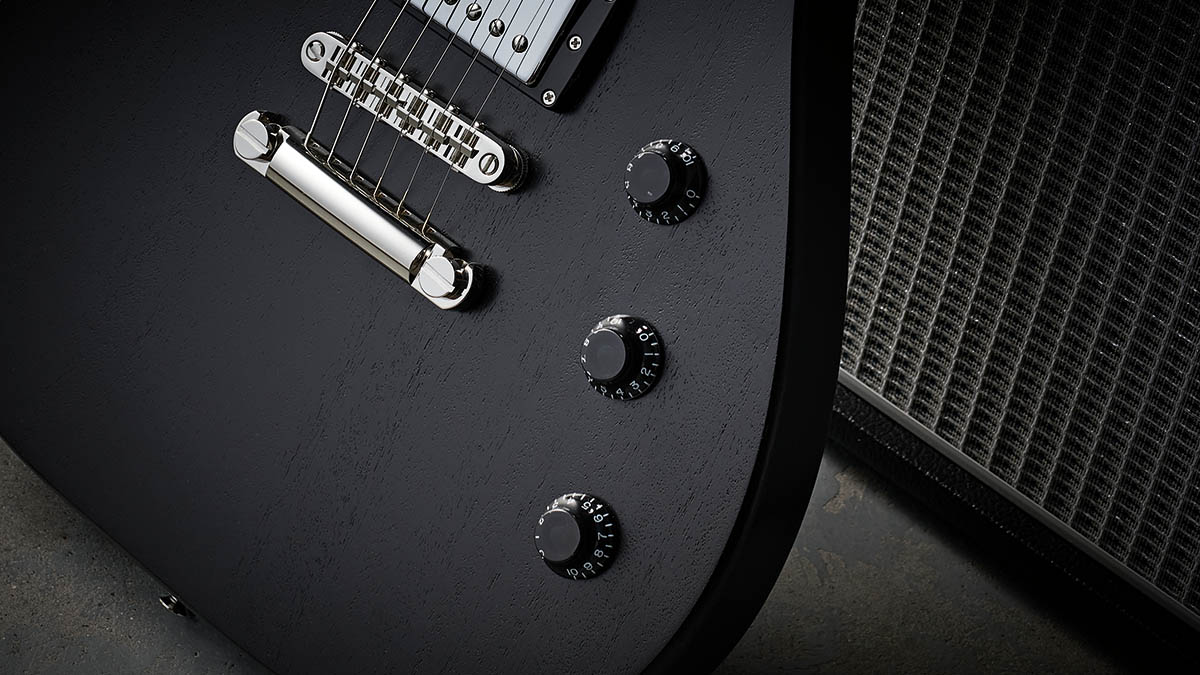
If you’ve been able to get your hands on a PJD guitar, there are obviously a lot of similarities here, particularly the clean, unfussy build, which is faultless. Along with a very good weight for the style of 3.69kg (8.12lb), the guitar feels a little more muscular than that previous prototype with an alive acoustic resonance.
The Standard model is the sort of instrument you could turn up to any gig with and not be shown the door
Described as a “59 LP Style” profile, the glued-in neck is certainly meatier than that earlier prototype. Dimensionally, it’s around half a millimetre slimmer in depth than Gibson’s ’50s Les Paul Standard, measuring 21.4mm at the 1st fret and 24.6mm by the 12th before the neck increases in depth to flow into a pretty classic style D-shaped heel.
It’s a full-width tenon, too, although the neck doesn’t extend into the neck pickup cavity because that is an open hole to accept the pickups, which simply push in from the back. It all feels pretty traditional, though; there is a slightly undulating feel to the neck back due to the very thin satin nitro finish, but the profile is a really good‑feeling C.
The Standard is unbound on both the fingerboard and top body edges, a little more Les Paul Special if you like, and it’s the only model with dot inlays. It may appear a little austere for some, bearing in mind the £2,499 price of our pickup-swapping model, especially as it only comes with a gigbag. But a logo’d Hiscox case – cream in colour, of course – can be ordered for an additional £75.
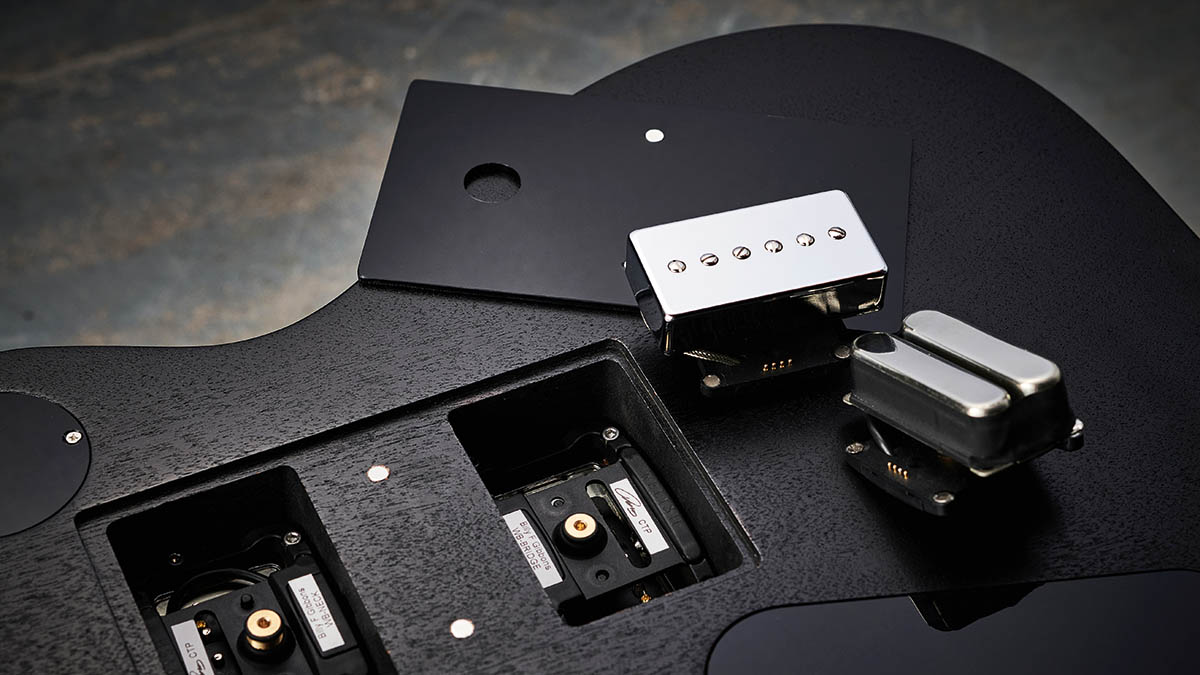
This is a very good player with sensible Jescar frets (spec’d at 2.27mm wide with a measured height of approximately 1.32mm) that are immaculately fettled on the dark rosewood ’board with lightly rolled edges. The setup is really good, too, and this Aurora comes across as very familiar in feel, seated or strapped on.
So, with its shoulder-placed toggle switch and those dual humbucking-sized pickups, now surrounded by the ultra-stylish Anomaly pickup rings, we don’t get four controls as you might expect but three: a volume for each pickup (with a pull-switch to engage a coil-split on any humbucker) and a master tone.
If the feel and playability haven’t got you by now, the sounds we hear are superb. We start our test with the Whiskerbuckers installed and a hour or so later we haven’t even considered swapping them.
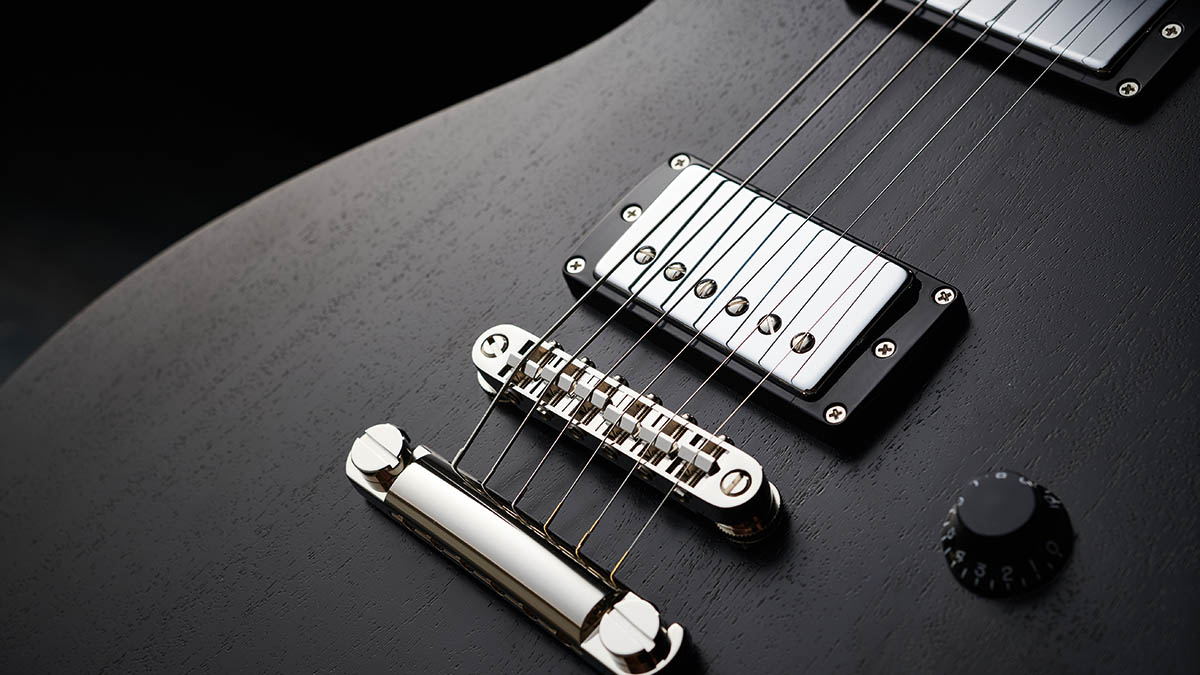
It would be silly to suggest they’re the ‘best’ PAF clones we’ve ever heard, but we’d definitely say they capture that magic. The lean bite of the bridge with its almost single-coil character really cuts through, contrasted by the softer attack of the neck pickup with an equally vocal character.
As we’ve said before, they don’t sound potted, but they are, and at higher volume levels you get plenty of handling noise – things sound very lively, in a good way. Any classic rock fan needs to hear (at least) this bridge pickup through a cranked Marshall-style amp: it’s woody, edgy… total rock ’n’ roll.
On this all-mahogany platform, there’s not quite the crisp edge we hear from our maple-topped Les Paul Classic with Burstbuckers. The Aurora sounds a little sweeter, rounded in the high-end, and pulling back the volume slightly, the tone further, the vintage-style wiring thins the voice without losing its clarity. You could quite possibly have a career on either pickup and across hugely broad musical styles.
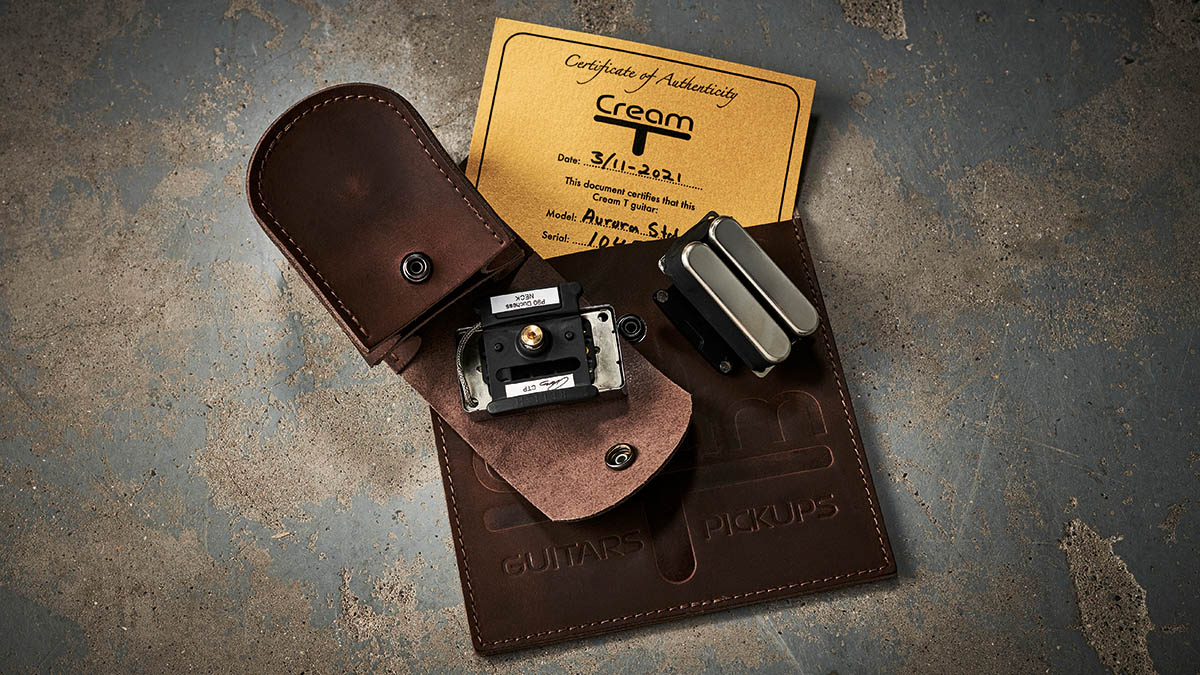
The coil-split switches voice the inner slug coils of each humbucker, and while they come across as being a little thin sounding initially, with a little tone roll-off they add some musical ‘Fender’ to the voice, and both provide frankly superb early electric blues sounds with a more narrow focus than the bigger humbucker voices. But let’s not pigeonhole this guitar or its pickups: the sounds we describe work just as intuitively with some heavy modulation and delay. They’re simply very musical.
But what about the other pickups? This is where the fun starts as we pull out the neck Whiskerbucker and pop in the humbucking-sized Duchess single coil. There’s a little more edge to the neck position now, less smooth than the Whiskerbucker and slightly more dynamic – it’s a great way to A/B pickups.
Pickup aside, everything about the guitar is the same. Of course, it’s a single coil so pulling up the split switch on neck volume control doesn’t have any effect, and you can’t help thinking that a tapped version of this pickup would suit. Maybe we’ll see that down the line.
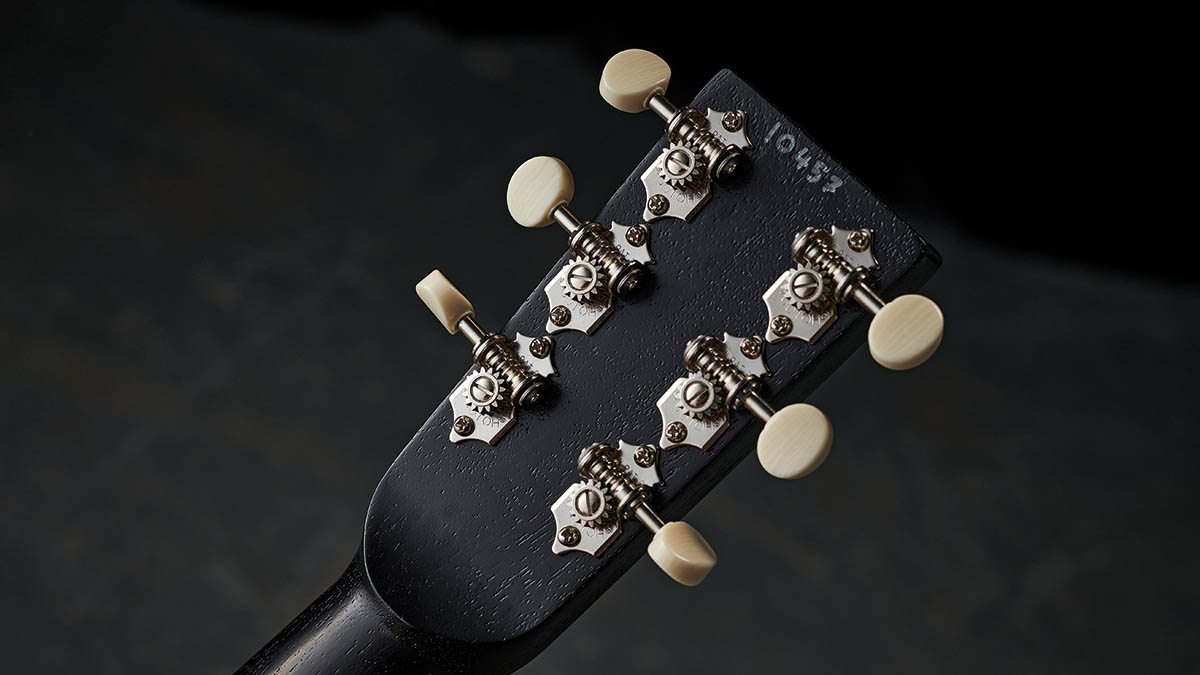
Finally, we pop in the unique Banger & Mash – the only pickup here that’s not a clone – and it’s very impressive again, especially when paired with the Duchess at the neck.
There’s seemingly a little less girth compared with the Whiskerbucker and you hear a little more ‘Fender’, and winding up our test amp it’s a great rootsy Americana rhythm sound, whereas our Tele bridge reference sounds thinner and more spiky. Mix it with either that Whiskerbucker or Duchess at the neck and, well, it’s pretty Keef.
Split, again voicing the slug coil, things get a lot thinner, but when mixed with either neck pickup and our pedalboard it does a pretty good Pretenders or clean-edged early Police-era Andy Summers. To be fair, we’re scratching the surface of the potential here.
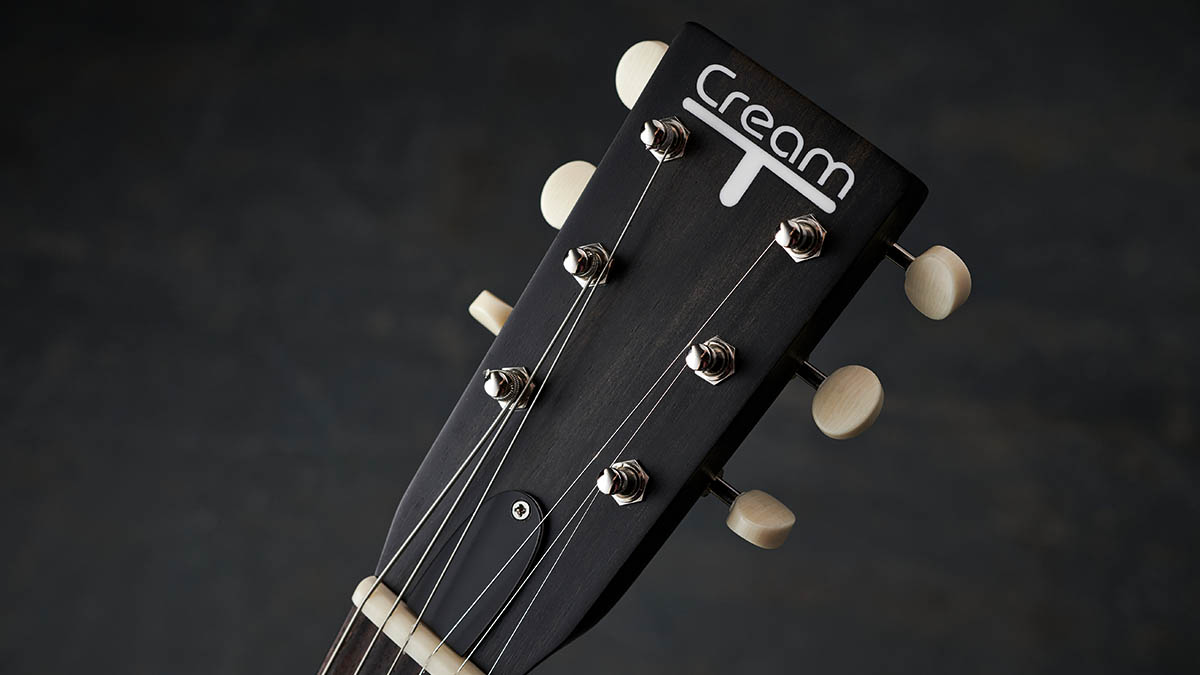
Verdict
Despite the colourful backstory, the artist association and the pickup-swapping concept – which, let’s not forget, isn’t unique to Cream T – this Aurora Standard comes across as a simple design that is beautifully executed and a perfect vehicle to show off Thomas Nilsen’s pickup range.
The ability to revoice the guitar instantly is quite something, as we’ve reported before. Yes, beyond the spare set you get with the guitar, the costs can mount up if you’re buying additional pickups, but it’s obviously a cheaper way of having more than one guitar in terms of sound.
On the flip-side, the Aurora’s simplicity may have some people questioning its price, which appears expensive on paper, not least in this finish style and with complete absence of decoration. But it does, of course, include four Cream T pickups with a retail value of £750.
For us, though, that simplicity is exactly the appeal. It’s not apeing a classic-era design yet it feels and sounds very vintage informed, timeless even. The Custom version and the non-limited BFGT models come with a figured maple top with its obvious ’Burst association, but our Standard model looks less specific – the sort of instrument you could turn up to any gig with and not be shown the door.
It’s a working tool, not a fashion statement. Plugged in and with the ability to revoice the guitar in seconds, it’s like having a mini vintage guitar collection – it really doesn’t sound like a new guitar at all.
For anyone who enjoys the subtleties of vintage-voiced instruments, you’ll have a field day here. And instead of buying different guitars, you might well find that your ‘new’ guitar lies just a pair of pickups away, even if you have no idea what a soldering iron is.
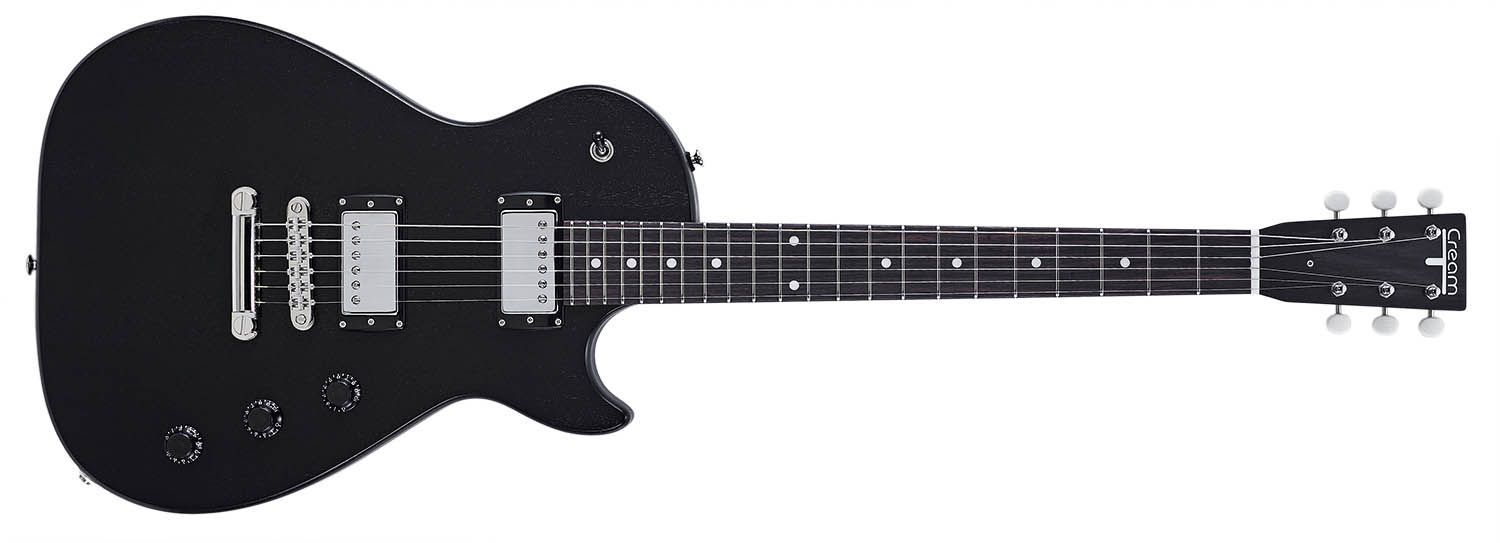
Specs
- PRICE: £2,499 (inc gigbag)
- ORIGIN: UK
- TYPE: Single-cutaway, chambered body hardtail electric
- BODY: 2-piece mahogany
- NECK: Quarter-sawn mahogany, 59 LP Style profile, glued-in
- SCALE LENGTH: 628mm (24.75”)
- NUT/WIDTH: Bone/43.2mm
- FINGERBOARD: Rosewood, cream acrylic dot inlays, 305mm (12”) radius
- FRETS: 22, medium (Jescar FW55090)
- HARDWARE: Gotoh tune-o-matic-style bridge and lightweight stud tailpiece, Gotoh SXB510 open-backed tuners – nickel-plated
- STRING SPACING, BRIDGE: 52mm
- ELECTRICS: Cream T Whiskerbucker humbuckers (with included Duchess P90 single coil and Banger & Mash), 3-way toggle pickup selector switch, neck and bridge volume controls (with pull-switch coil-spits) and master tone controls
- WEIGHT (kg/lb): 3.69/8.12
- OPTIONS: The fixed pickup Standard 2 costs £1,999. Cream T Hiscox hard case adds £75 (if purchased at order). Additional Cream T pickups with Relish mounting add £15 to standard-mount pickups. Other brands will be available and you’ll be able to send in your own pickups to have the mountings fitted – see website for prices
- LEFT-HANDERS: Not currently
- FINISHES: Noche (Black, as reviewed) Fantasma (White), Picante (Red), Desnudo (Natural) and Laguna Lite (Light Blue) – thin satin nitrocellulose to both body and neck

Dave Burrluck is one of the world’s most experienced guitar journalists, who started writing back in the '80s for International Musician and Recording World, co-founded The Guitar Magazine and has been the Gear Reviews Editor of Guitarist magazine for the past two decades. Along the way, Dave has been the sole author of The PRS Guitar Book and The Player's Guide to Guitar Maintenance as well as contributing to numerous other books on the electric guitar. Dave is an active gigging and recording musician and still finds time to make, repair and mod guitars, not least for Guitarist’s The Mod Squad.
“It holds its own purely as a playable guitar. It’s really cool for the traveling musician – you can bring it on a flight and it fits beneath the seat”: Why Steve Stevens put his name to a foldable guitar
“Finely tuned instruments with effortless playability and one of the best vibratos there is”: PRS Standard 24 Satin and S2 Standard 24 Satin review
